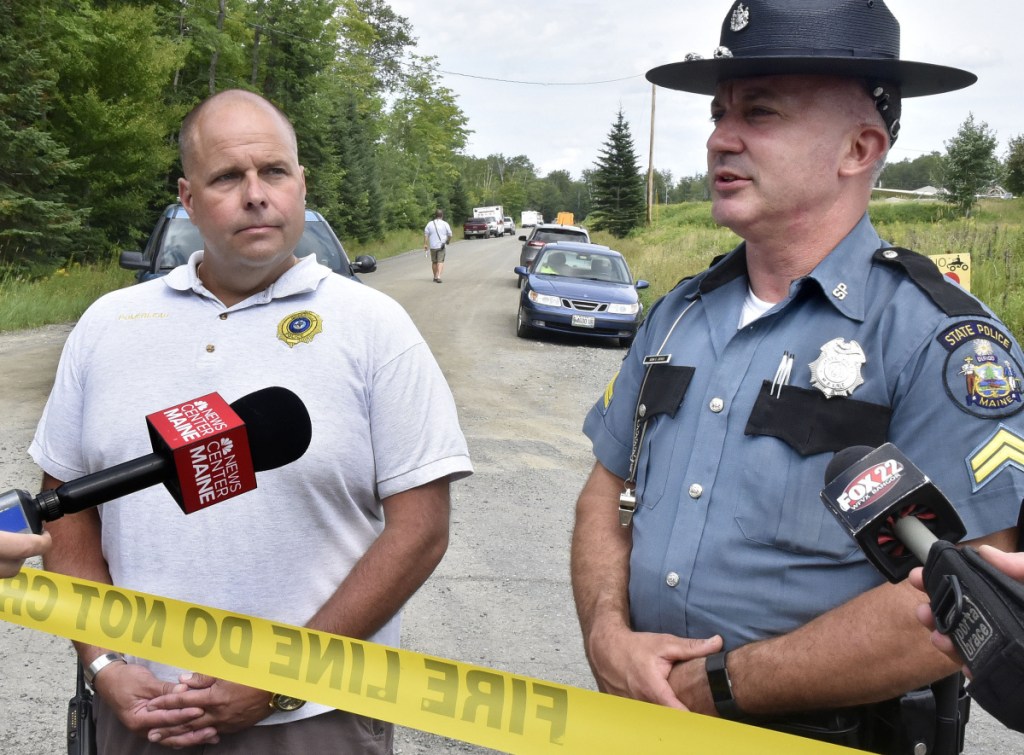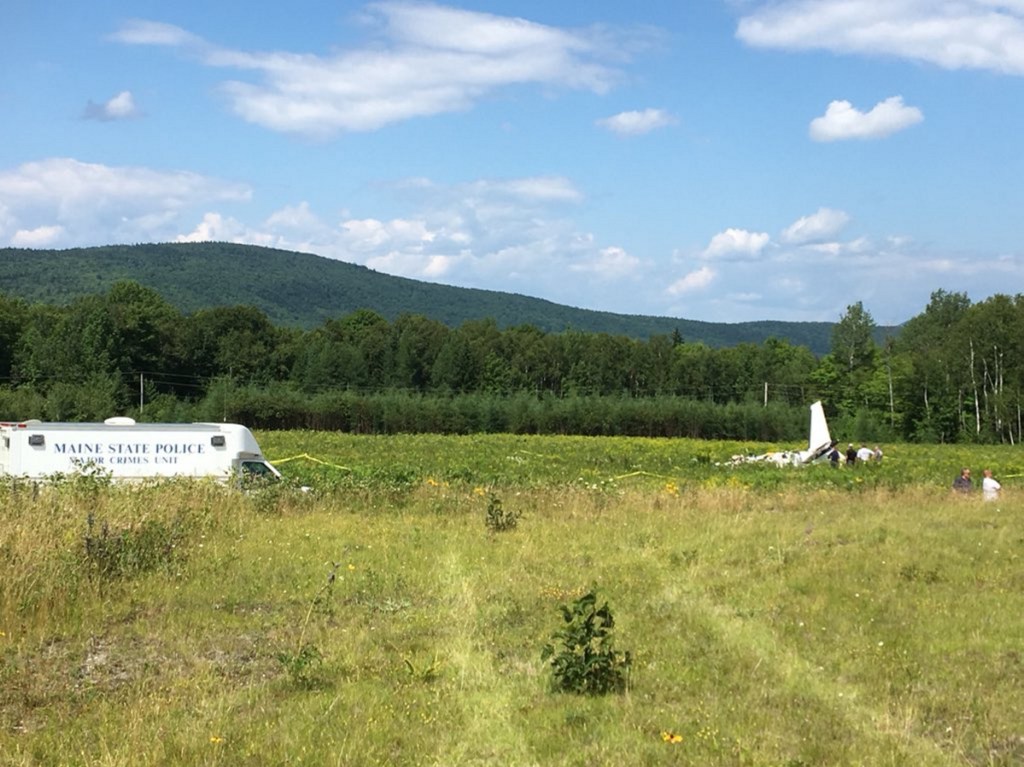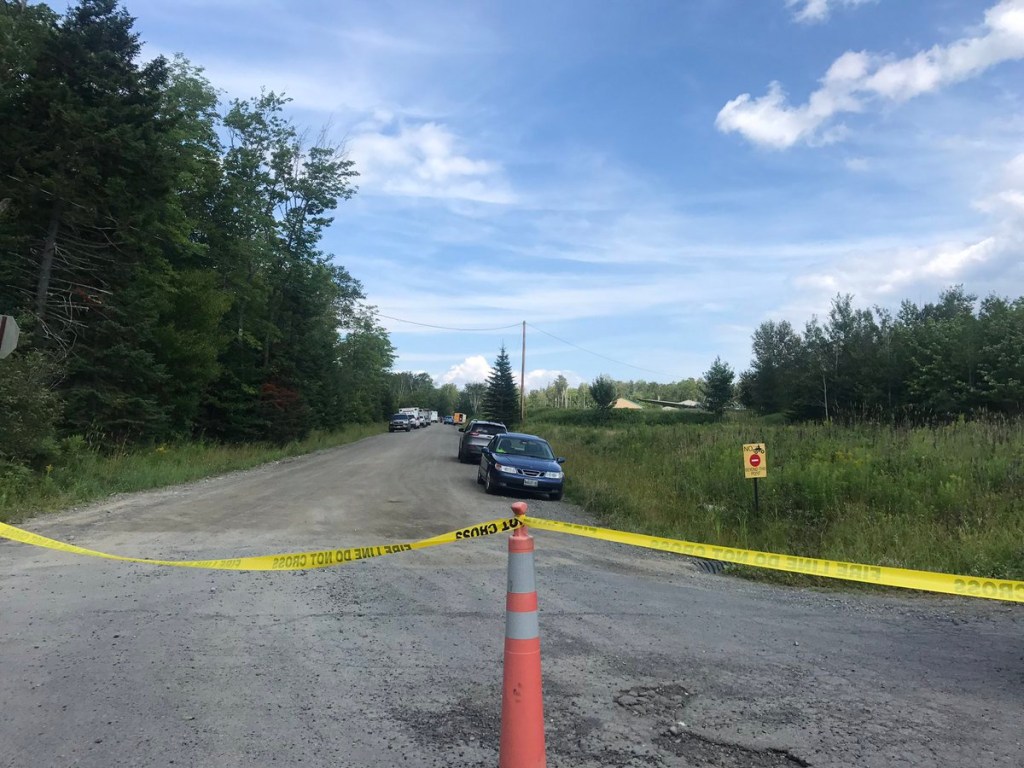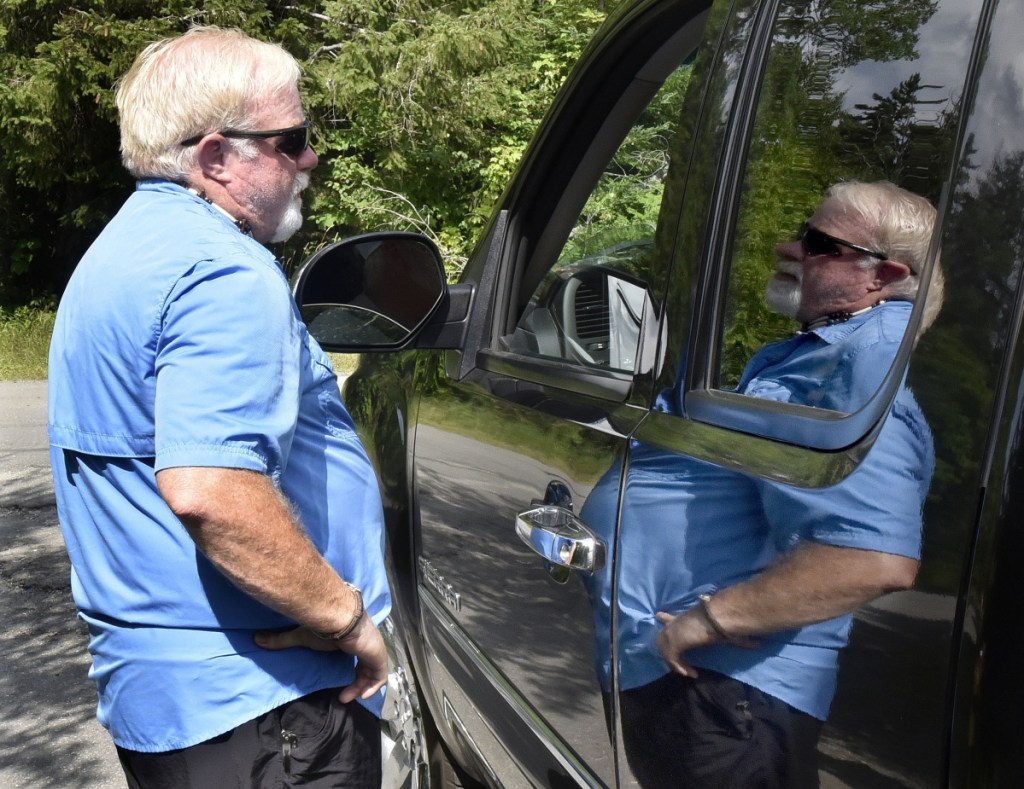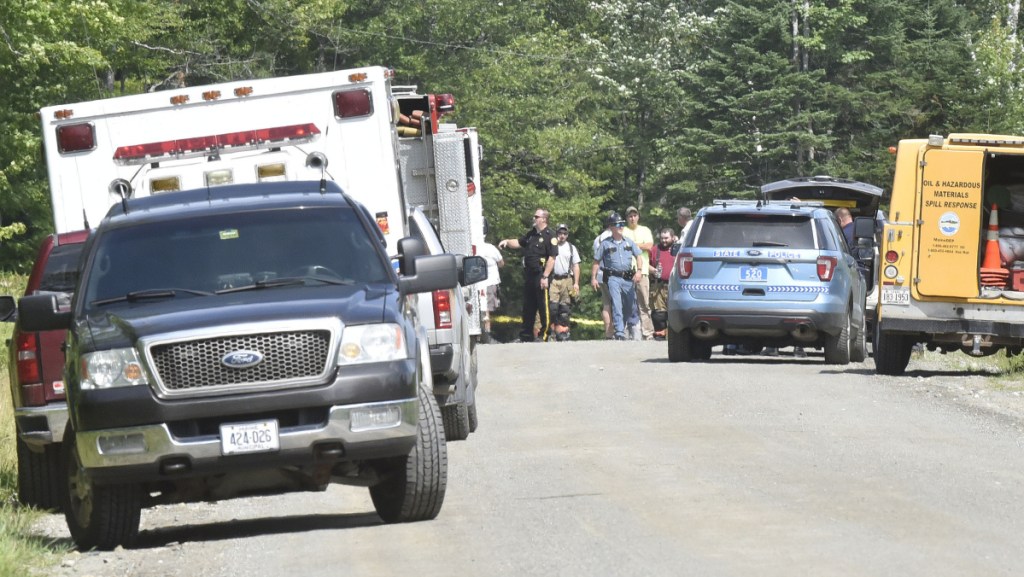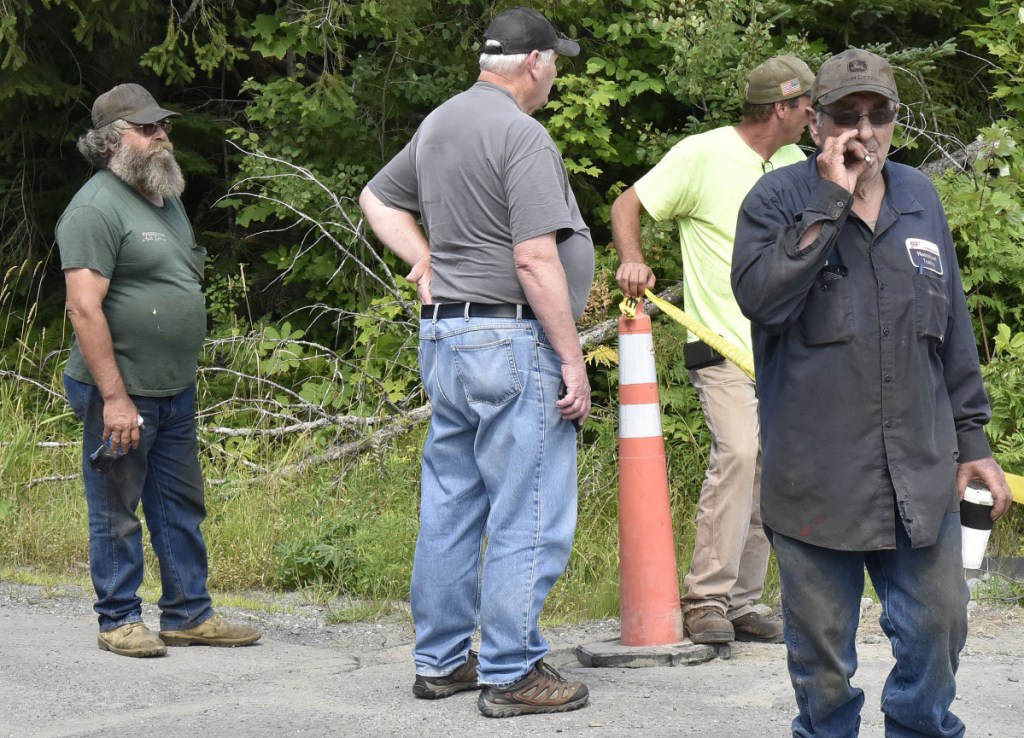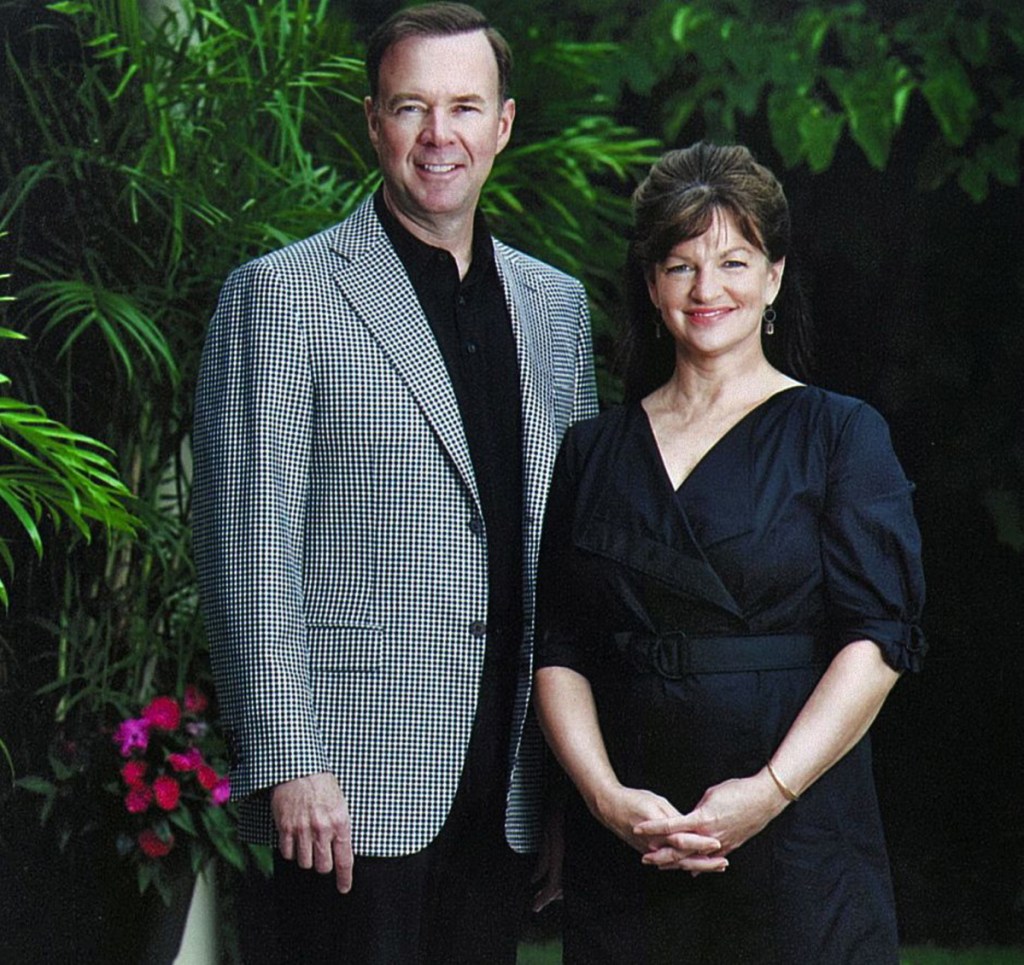Members of Canadian family known for its philanthropy and support of the arts in the Niagara region of Ontario were killed Monday in a Greenville plane crash, the cause of which is still being investigated.
Police in Greenville on Tuesday identified Joseph Robertson, 58, as the pilot of the plane. His wife, Anita Robertson, 58, and their daughter, Laura Robertson, 24, were passengers.
The Robertsons were residents of Niagara-on-the-Lake, Ontario, and longtime supporters of the arts and community in neighboring St. Catharines and the area, according to a news release from the city of St. Catharines, which listed a $500,000 donation to the FirstOntario Performing Arts Centre in 2014 as among their contributions.
“It’s hard to describe the enormity of the loss,” said Walter Sendzik, mayor of St. Catharines, in an interview. “They were just kind-hearted, beautiful people. I don’t use those terms flippantly. They really were beautiful people.”
The family was traveling from Pembroke Airport in Pembroke, Ontario, to Charlottetown Airport in Charlottetown, Prince Edward Island, when the crash occurred around 11 a.m. Monday outside the Greenville Municipal Airport.
The cause of the crash is being investigated by Greenville police, the National Transportation Safety Board and the Federal Aviation Administration.
Authorities have offered few details as to what may have happened, but a commercial pilot in Dallas, Texas, with 37 years of flying experience said based on what is known about the flight, the plane’s autopilot may have malfunctioned and caused the pilot to lose control.
The plane was a 1982 Piper Smith-Aerostar 600, according to registration information on the site Flight Aware, which provides free flight tracking for both private and commercial aircraft.
The airplane took off shortly after 9 a.m. Monday from Pembroke and was scheduled to arrive at 1 p.m. in Prince Edward Island, according to data on Flight Aware.
After reaching an altitude of 23,000 feet, the plane maintained a consistent speed and altitude for about an hour, suggesting it was on autopilot, according to Robert Katz, the commercial pilot from Dallas. Katz contacted the Morning Sentinel after reading about the crash. He said he analyzes plane crashes from around the country in the hopes of educating pilots and the public about flight safety.
Around 10:30 a.m. Monday, the plane started to lose altitude rapidly, at a rate of about 4,000 feet per minute, according to Flight Aware. A normal rate of descent would be about 1,000 feet per minute, according to Katz.
“To me, that suggests something was mechanically jammed,” Katz said. “It took the pilot time to assess, and he may have struggled to disengage the autopilot. Whether or not he was completely able to do so is unknown.”
In its final moments of communication with air traffic control, Joe Robertson can be heard saying the plane lost power and he’s “trying to figure out what’s going on,” according to audio obtained from LiveATC.net, a website that streams live air traffic feeds.
Other pilots then can be heard trying to locate the missing plane and confirm whether it reached the Greenville airport.
Edited audio recording of air traffic control conversation before an Aerostar AEST crashed in Greenville, killing three people.
“It wasn’t something catastrophic to begin with,” Katz said. “The pilot’s comments suggest he was surprised by what was going on, that he was trying to figure it out, but there was no sense of urgency or panic; so it sounds like a system malfunction that should have been isolated. Whether it was or not, that by itself should not lead to the loss of the plane.”
If an independent mechanical system such as autopilot fails, Katz said, it is usually possible for a pilot to take just that system offline so it doesn’t interfere with other operations of the plane.
A safe landing is possible, but it can also be hard to do, he said. The same is also true if an engine fails, which could have been the case, given Robertson’s comment about having lost power, Katz said.
He said the type of plane Robertson was flying had two engines and if one had failed, it would be possible to land the plane on one engine, but tricky to do.
“If a plane loses power, it doesn’t mean you’re going to fall out of the sky,” he said. “It’s all about managing your position to where you’re going to land. Ideally you would fly directly to the runway you’re going to land on, but if you have excess altitude, you’re going to want to spiral down to the runway, and that’s going to take a lot of planning and practice.”
The crash investigation is being led by the Federal Aviation Administration and NTSB with assistance from Greenville police and the Greenville Fire Department. Lycoming Engines, the manufacturer of the plane’s engine, was also at the scene Tuesday, according to an NTSB spokesman.
The Robertsons were well-known and influential residents in Niagara-on-the-Lake, a town of about 17,000 not far from the famous Niagara Falls.
Joe Robertson had an Master of Business Adminstration degree from Harvard Business School and was the former president of Canada’s largest dental supply company, according to a 2012 article in the Brock News, a publication of Brock University in St. Catharines, where Robertson served on the board of trustees for 10 years and was chairman of the board from 2012 to 2014.
At the time of the article, Joe Robertson was also chairman of Toronto-based Asbury Building Services and chairman of the Council of Chairs of Ontario Universities, an organization of all the chairs, vice-chairs and immediate past chairs of Ontario’s 21 universities.
In a news release Tuesday, Brock University President Gervan Fearon said the university was “absolutely shocked and saddened by this incredible tragedy.”
Just days before the crash, Laura Robertson had been hired to work in the university’s athletics and recreation department, the release said. She also served as a volunteer firefighter in Niagara-on-the-Lake, according to a news release from the town.
Laura joined Niagara-on-the-Lake Fire & Emergency Services in January and recently completed the recruit training program.
“She demonstrated a strong commitment to serving her community as a volunteer firefighter and expressed on many occasions how much she was enjoying being a firefighter and being part of our team,” Niagara-on-the-Lake Fire Chief Rob Grimwood said. “Laura will be deeply missed by those she served with at Station 1, the 2018 recruit class members with whom she just spent six months training with, and the rest of our fire department who had the opportunity to serve with her.”
Anita Robertson was a nurse by profession and active volunteer for Brock University and the community, including the United Way, according to the university’s release.
Sendzik, the mayor of St. Catharines, also pointed to Anita Robertson’s involvement in a recent United Way campaign as an example of the family’s work for the community.
“She wasn’t just a campaign chair. She went off into the different areas and learned about what poverty was like in our community and some of the struggles our kids are facing,” Sendzik said. “She immersed herself in those communities and became a big advocate for the struggles we’re facing.”
The family was on its way to visit friends in Prince Edward Island on Monday, according to Sendzik, who said in addition to daughter Laura, Anita and Joe Robertson also had two sons.
“They understood the importance of giving back and making the community better,” Sendzik said. “They were very generous people and very loved in the community. This is a hard day for a lot of folks.”
Rachel Ohm — 612-2368
Twitter: @rachel_ohm
Comments are not available on this story.
Send questions/comments to the editors.


